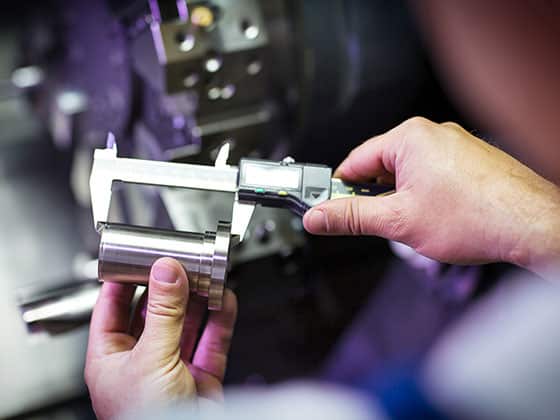ISO9000 audit is a systematic and documented independent inspection. Its purpose is to verify whether it meets the expressed requirements. These requirements cannot be random, but the product of the organizational culture that always determines the same results. Compliance must be proved by objective evidence, which will be collected through interviews with employees, analysis of documents and observation activities. Therefore, audit is a way to measure quality.
What types of ISO9000 audits are available?
Audit can be divided into four types:
Product audit: it is the verification that the products (or services) at a given stage comply with the contents specified in relevant references. Examples of such audits include: products after the test / control phase, inventory products, purchase orders, issued documents, arrival of products at customers, filling out of bank forms or insurance, such as hotel rooms have been redone, etc. The objective is to judge the effectiveness of the system for specific products or semi-finished products, evaluate the quality of products and determine the possibility of improvement
Process audit: it is the verification that a specific process conforms to the characteristics specified in the process specification. For example, they can be the verification of process control status, the verification that all physical / chemical parameters in the electroplating process are within a predictable range, the verification of calibration status of measuring instruments, the verification data of accurate processing, etc. The objective is to comment on the effectiveness of a specific manufacturing process, evaluate the quality level of the process and identify improvement opportunities.
Plan review: it refers to the verification that the specific plan aimed at achieving quality objectives is completed within the specified time, method and scope of responsibility. For example, product and supplier qualification, cost improvement, project review, implementation of corrective measures, personnel training, etc.
System audit assesses all elements of the quality management system in terms of its application and efficiency. System documentation will be judged and any weaknesses identified. The objective is to comment on the effectiveness of the system and look for any weaknesses to propose corrective / preventive measures, which can be internal (by the quality management manager) or external (by the customer or certification authority)
Looking at a hypothetical pyramid, we can start from the basic level of audit, that is, product / service inspection, and gradually go up through process inspection, procedure inspection and procedure inspection to system inspection, which is at the top of the pyramid. Our ISO 9000 manual teaches you how to successfully apply quality in your organization through practical suggestions and specific examples
ISO 9000 audit can also be divided into:
- Horizontal inspection: These are department by department inspections. Their purpose is to verify the correct application of procedures for departmental responsibilities. The defect is that the interface between different areas is not checked.
- Vertical verification: These are design verification. The purpose is to track the progress of projects within the organization. This is an effective way to verify the interface between the involved areas
- Progress tracking: follow a process from beginning to end
- Backward: used to verify the traceability of registration. For example, it is used to track the cause of the problem from the customer complaint
- Finally, the audit can be:
- Part I: These are internal inspections conducted by trained internal personnel.
- Part II: These are the audits of suppliers, which are conducted by customers on their suppliers, and specially trained customer staff.
- Third party: These are certification inspections conducted by independent and recognized certification bodies
The audit of ISO 9001 is based on:
- Check the procedure of the area by an independent person (people who smoke in the locked room can hardly feel the smoke smell, while people who have just entered can easily notice it)
- Check the conformity of the inspected contents with the reference standards
- Check the compliance of reference procedures and their adequacy in the organizational environment
- Verify the effectiveness and efficiency of the process
- Identify improvement opportunities
- For senior managers, meaningful data must be obtained for the decisions they must make about the future of the organization
- Achieve organizational goals
- The conformity of the elements of the quality management system with the specified requirements or other requirements
- Establish the effectiveness of the quality management system implemented to achieve specific quality objectives
- Provide opportunities for the audited organization to improve its quality management system
- Meet constraint requirements
- The quality management system of the verified organization is allowed to be registered in a specific register
- Preliminary evaluation of suppliers based on possible contractual relationships
- Verify that the supplier's quality management system continuously meets the specified requirements and is actually implemented
- Verify within the organization that its quality management system continues to meet the specified requirements and is actually implemented
- Evaluate the organization's quality management system according to reference standards
